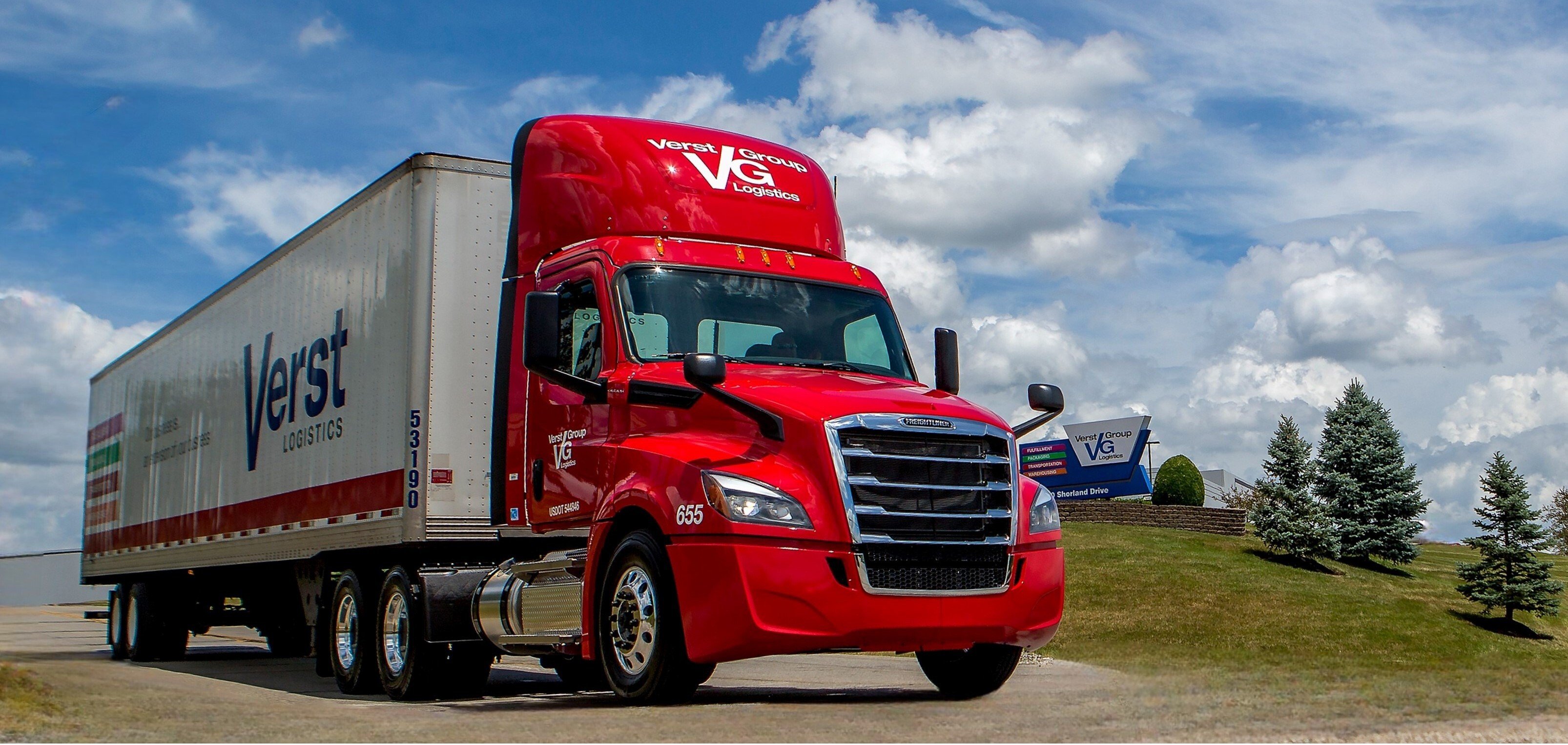
November 19, 2018
Make sure your vehicle is ready for driving in winter weather.
During the pre-trip inspection, pay extra attention to the following items.
Vehicle Checks
Coolant level and antifreeze - Make sure the cooling system is full and there is enough antifreeze in the system to protect against freezing. This can be checked with a special coolant tester.
Defrosting and heating equipment - Check to see if the defrosters and heaters work. If you use other heaters and expect to need them (mirror heaters, battery box heaters, fuel tank heaters), check their operation.
Wipers and washers - The windshield wiper blades must be in good condition. Make sure the wiper blades press against the window hard enough to wipe the windshield clean of snow. Make sure the windshield washer works and the washer reservoir is full.
Tires - Check the tread on your tires. You must have at least 4/32 inch tread depth in every major groove on the front tires and at least 2/32 inch on other tires. Use a gauge to determine if you have enough tread for safe driving.
Lights and reflectors - Make sure the lights and reflectors are clean. Check from time to time during bad weather to make sure they are clean and working. Windows and mirrors. Remove any ice, snow, etc. from the windshield, windows, and mirrors before starting.
Handholds, steps, and deck plates - Remove all ice and snow from hand holds, steps, and deck plates which you must use to enter the cab or to move about the vehicle. This will reduce the danger of slipping.
Radiator shutters and winterfront - Remove ice from the radiator shutters. Make sure the winterfront is not closed too tightly. If the shutters freeze shut or the winterfront is closed too much, the engine may overheat and stop.
Exhaust system - Exhaust system leaks are especially dangerous when cab ventilation is poor (windows rolled up, etc.). Loose connections can permit poisonous carbon monoxide to leak into your cab which will make you sleepy. In large amounts, it can kill you. Check the exhaust system for loose parts and for sounds and signs of leaks.
Driving on Slippery Surfaces Slippery Surfaces
Drive slowly and smoothly on slippery roads. If it is very slippery, you shouldn't drive at all. Stop at the first safe place. The following are some safety guidelines:
Tags:

Every year, National Truck Driver Appreciation Week (NTDAW) gives us the opportunity to recognize the hardworking men and women who keep America moving. This year, we celebrate from September 7–13,...

Q & A 1. True or False? One consequence of unsafe backing is striking and pinning a pedestrian. 2. True or False? Drivers should always look above the vehicle to avoid low hanging objects. 3. Which...
Resources
Connect